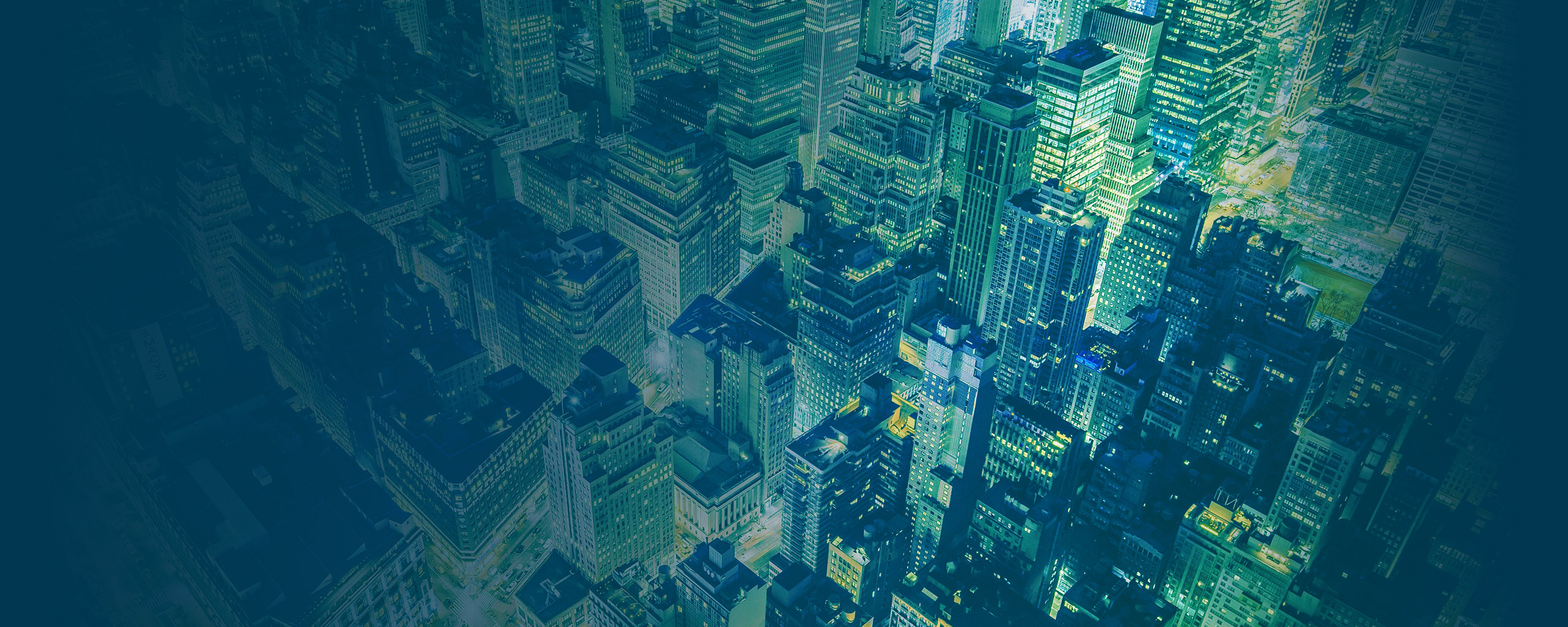Ransomware, disinformation, and cloud infrastructure attacks: Trends in cybersecurity
The security needs of Industrial Control Systems (ICS) and Operational Technology (OT) environments are changing as the air gap is dissolving between these environments and the enterprise networks, exposing them to cybercriminals, nation-state sponsored hacking groups and all other forms of internet-borne malware.
By Omar Duran, Global Cyber Operations Manager, AES Corp
In today’s world everything is connected, from the appliances in our homes to the virtual “assistants” that we find in our mobile devices and smart speakers. The internet of things is more palpable than ever, all devices communicating to each other to make our lives more “comfortable” and gain efficiency to use our time on things with greater importance. Industries also want to benefit from what this new era of connectivity offers, and they are often automating even more the high-risk in order to increase efficiency in the production of their goods or services. Concepts such as Smart Cities, IoT Fleet, Predictive Maintenance among others are beginning to take shape in this new era of digital transformation in companies.
The security needs of Industrial Control Systems (ICS) and Operational Technology (OT) environments are changing as the air gap is dissolving between these environments and the enterprise networks, exposing them to cybercriminals, nation-state sponsored hacking groups and all other forms of internet-borne malware. Also, the regular IT ecosystem is facing a more difficult scenario since the beginning of the COVID-19 pandemic forcing companies to adopt the “Work from Home” model.
Based on the information about the nature and targets of recent cyber-attacks, the cybersecurity community agreed that ransomware is currently the most concerning and evolving threat for organizations, hacking groups are now offering the malware in “as a service model” (RaaS) making attribution to a certain group even more difficult and expanding the use of this malware to beginner cybercriminals (script kiddies), also ransomware attacks are evolving to include extortion tactics used to force the victim to pay the ransom to avoid their data being published online.
Disinformation will continue growing as a form of Cyberattack being led by Russian Nation-Sponsored Threat Actors. These attacks are more disruptive than destructive and does not operate in a way that lends itself to standard preventive measures. Cybersecurity analysts and federal agencies noted that attackers appear to have moved on to less overt activities that can still sow confusion and cause chaos as well as Brand reputation damage to companies targeted. The combination of traditional methods and digital attacks lets the attackers still maintain a degree of deniability.
Cybersecurity isn’t just about tools and processes; a good cybersecurity strategy involves people awareness and this is perhaps the most important part of the entire chain as Phishing gets more sophisticated and still continues as the most notable and potent attack vector, OWASP statistics about it are putting Phishing as the point of entry for 91% of cyberattacks. Such attacks enable hackers to steal user credentials, install malware and compromise an entire network exploiting vulnerability found.
According to Checkpoint Research Supply Chain and Cloud Infrastructure Attacks are another growing trend. Attackers disguise malicious payloads in cloud infrastructure, storing them on GitHub, Gmail, Alibaba or compromising a provider’s network to deliver commands or host configuration files. Threat actors use encryptions and camouflage techniques, offering droppers dedicated to placing malware on the cloud. Cloud-based applications make phishing attacks more effective and facilitate BEC attacks.

